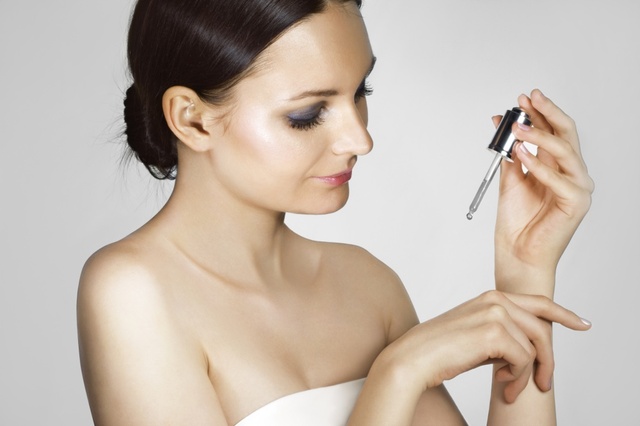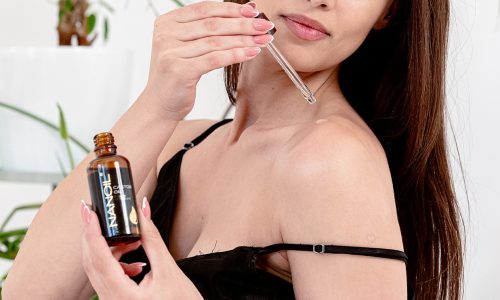If we were to ask anybody what is the most effective way to deal with wrinkles, we would probably get the same answer – hyaluronic acid. Some of the people are addicted to this substance, whereas the others developed a highly skeptical approach towards this compound. Indeed, there are plenty of myths surrounding the procedure, which takes advantage of hyaluronic acid, that we decided to debunk.
Hyaluronic acid is a substance used in cosmetics, aesthetic medicine and plastic surgery for one particular purpose – to correct the looks. Commonly it’s nicknamed as the elixir of youth, but in practice, it’s just a kind of the polysaccharide. It’s got hygroscopic features and is able to bind water, which makes it a perfect agent for maintaining hydration in the dermis.
What are the myths concerning hyaluronic acid?
The opponents of introducing such substances in the field of cosmetics frequently repeat that hyaluronic acid produces effects that are far from being natural and that the substance causes more harm than good. Pumped lips, not that much elastic cheeks, or a face deprived of expression – these are the most frequently enumerated drawbacks of the procedure. However, it’s worth realizing that all the unesthetic outcomes of hyaluronic acid action are the aftermath of bad technique, use of the improper preparation or set of skills a doctor lacks. Moreover, the final outcome can also be ruined because of the patient’s expectations. For example, she persists in having her upper lip enlarged despite the basic rule saying that the lower lip should be 1,5 times bigger than the upper so as to make lips look voluptuous.
There is yet another issue that always emerges during the discussions concerning hyaluronic acid. Namely, the treatment itself and its form. Some people say that the injection of hyaluronic acid is painful. The funny part about this opinion is that, in most cases, it’s expressed by people who haven’t even undergo the procedure. The truth is, despite hyaluronic acid being injected subcutaneously, the procedure itself isn’t that painful. Indeed, this method doesn’t belong to the most pleasant ones, but there are many ways to reduce the level of discomfort while having the acid injected. To clarify, a specialist should offer, for example, local cream anesthesia or limit the number of the needle inserts by applying another technique. It’s also worth mentioning that hyaluronic acid contains an anesthetic substance, so-called, lidocaine widely used in stomatology.
Furthermore, another argument against procedures of this kind is also the popular conviction that hyaluronic acid triggers allergic reactions. Many people believe that the most frequently appearing side effect of using the very substance is severe allergies. Soberly-thinking people should be fine with the explanation that hyaluronic acid is a compound that occurs in the human organism naturally. Obviously, the place where the acne is injected can be swollen even up to 48 hours from the procedure. However, this isn’t caused by the allergy but the natural organism reaction to incursion that took place. All in all, hyaluronic acid is a physiological substance that is completely safe for the human body.



Leave a Reply